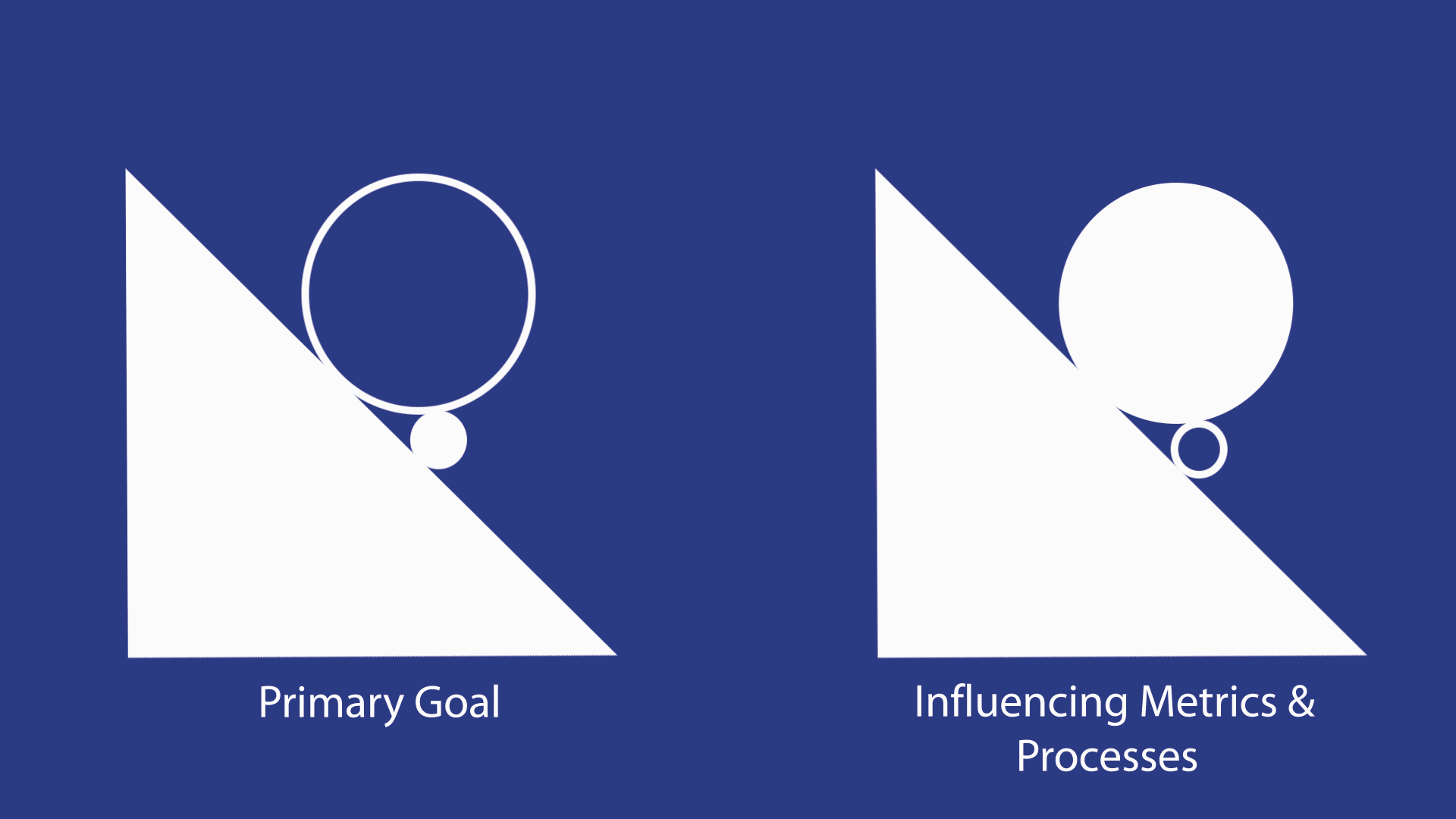Call centers adopting new technology such as contact center AI assistance, chatbots, and automation require new metrics and a fresh approach to measuring the success, efficiency, and productivity enhancements provided by technology.
Metrics matter
Collecting and analyzing reliable metrics is the only way to measure call center productivity. Contact center analytics help call center management to answer critical questions about their contact center's operational effectiveness.
Questions like...
- Are your long-term goals and objectives being achieved?
- How effective are your managers and agents?
- To what degree are your customers satisfied with your services?
- How important is your service to your customers?
One of the foundational components that call center management needs to consider is to determine what the big metrics are and what their influencers are.
As your priorities move from one big metric to another, you will be able to influence those metrics with more significant impact through targeted efforts that drive the influencing metrics.

You can spend all your hours and effort trying to push your main goals from behind, or you can identify and fix the smaller metrics and processes that are preventing your primary goal from rolling downhill on its own.
Measuring business outcomes in an AI world.
While the business outcomes you're measuring are likely to be the same as in the past, things like resolution times and customer satisfaction, the way you measure these outcomes is going to be different at a call center driven by technology.
For example, in a call center using a simple Intelligent Virtual Agent, a request will come in, followed by a response based on one or more keywords. Contact center A.I. is used here to classify the intent of the request or handle a frequently asked question.
i.e., "What is the difference between economy class and basic economy class?"
What metric would you use to measure a chatbot or voice-bot like the one mentioned? Average holding time makes sense; it's a metric you're already familiar with. What's different now is how you analyze and improve that metric in a tech-centric call center.
If you see an increased session length when using a chatbot, this could be indicative of a confusing interface or inefficient conversational flow. To improve upon this, you will need to sift through chatbot dialogs to uncover where your bot has flaws.
Another metric that can be used to measure chatbots might be new users acquired during a given period. This is useful if you want to measure how successful your efforts have been to encourage customers to engage with your chatbot. If you see a decline in new users, this may be a sign that it's time to change tactics or use fresh messaging to promote new usage.
The bottom line
To be able to move with the changes in metric prioritization, you need to ensure easy access to information and extract insight with minimal effort.
Seek analytics tools with easy customization at the individual level. Ideally your agents should have access to real-time information about their performance.
When setting objectives for your agents, make sure to set goals dynamically. Goals set for your top performer should not be set the same as the goals set for your bottom performer. If you set goals based sole on your top performers output, your bottom performers will not be motivated to achieve the goal because it is out of their reach. Dynamic goal setting within a tool will help you better handle shifting metric priorities.
At the end of the day, great tools should improve engagement.
